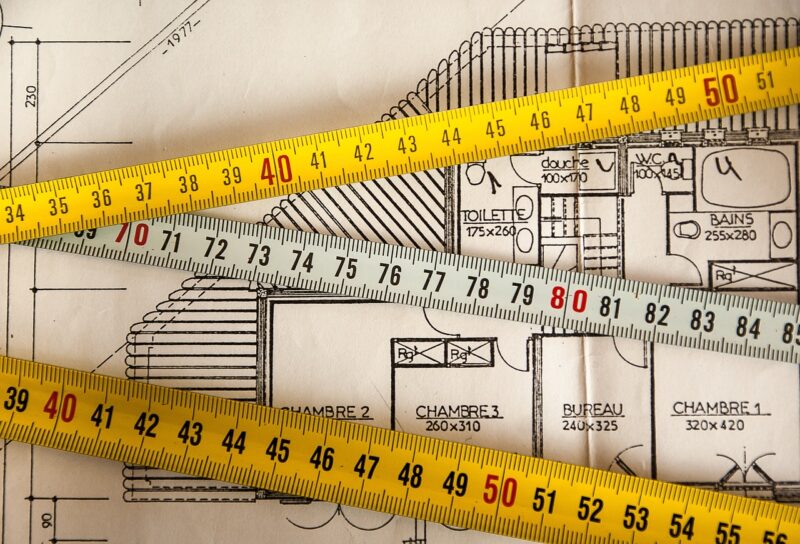
Sound is an integral part of our daily lives, but its measurement can often be confusing. Sound levels are quantified in decibels (dB), a logarithmic unit that indicates the intensity of sound. In this comprehensive article, we’ll explore the concept of decibels, discuss the different sound levels we encounter in everyday life, and examine the potential risks associated with exposure to loud sounds.
1. What Are Decibels?
Decibels are a relative unit of measurement that express the intensity or loudness of sound. Named after Alexander Graham Bell, the decibel scale is logarithmic, meaning that an increase of 10 dB represents a tenfold increase in sound intensity. For example, a sound measured at 30 dB is ten times more intense than a sound at 20 dB.
The formula used to calculate decibels is:
$$ dB = 10 cdot log_{10}left(frac{I}{I_0}right) $$
where (I) is the intensity of the sound wave and (I_0) is the reference sound intensity, typically the threshold of hearing (1 picowatt per square meter).
2. Common Sound Levels: Where Do They Fall on the dB Scale?
To better understand sound levels, let’s take a look at a few common sources of sound and their corresponding decibel levels:
- Quiet room: 30 dB
- Normal conversation: 60-70 dB
- Traffic: 80 dB
- Lawnmower: 90 dB
- Rock concert: 110 dB
- Gunshot: 140 dB
- Jet engine at takeoff: 150 dB
As we can see, sound levels vary drastically depending on the source.
3. How Loud is Too Loud?
Understanding the potential harm from sound exposure is crucial for protecting our hearing. Sounds above 85 dB can lead to hearing loss, especially with prolonged exposure. Here’s a quick guide on the potential risks associated with various decibel levels:
- 85-90 dB: Prolonged exposure may lead to hearing damage over time.
- 90-100 dB: Damage can occur after 1-2 hours of exposure.
- 100-110 dB: Damage can occur within 15-30 minutes.
- Above 120 dB: Immediate damage to hearing can occur, leading to permanent hearing loss.
Taking precautions, such as using ear protection and reducing exposure time, is essential as sound levels increase.
4. The Impact of Noise Pollution on Health
Noise pollution is an often-overlooked issue that can have serious health implications. Not only does excessive noise contribute to hearing loss, but it can also lead to a range of other concerns, including:
- Stress and Anxiety: High levels of noise can increase cortisol levels, leading to chronic stress and anxiety disorders.
- Sleep Disturbances: Noisy environments can make it hard to fall asleep or stay asleep, affecting overall health and well-being.
- Cardiovascular Issues: Long-term exposure to high noise levels has been linked to an increased risk of hypertension and heart disease.
As awareness of these impacts grows, communities are working harder to implement noise control measures and promote a healthier auditory environment.
5. Protecting Your Ears: Tips to Manage Noise Exposure
There are several effective strategies to protect your hearing in noisy environments:
- Use Ear Protection: Whether you are at a concert or working in a loud environment, wearing earplugs or noise-canceling headphones can significantly reduce your exposure to harmful noise levels.
- Limit Exposure Time: Be conscious of how long you’re exposed to loud environments. Taking breaks in quieter areas can minimize the risks associated with noise exposure.
- Maintain Distance: Try to keep a safe distance from loud sounds whenever possible. The intensity of sound decreases with distance, giving your ears a better chance to recover.
- Have Regular Hearing Check-ups: Regular visits to an audiologist can help catch any early signs of hearing loss, allowing for timely intervention.
By implementing these tips, you can take proactive steps to protect your hearing and maintain a healthier auditory environment.
Conclusion
Understanding decibels and sound levels is vital for maintaining our health and well-being. Sound is all around us, but it is crucial to be aware of the potential dangers associated with loud noises. Remember that anything above 85 dB can be harmful, especially with extended exposure. By taking proactive measures to mitigate noise exposure, you can protect your hearing and improve your quality of life.
In the end, the power of awareness and action can keep our worlds resonant and healthful, allowing us to enjoy the sounds that truly matter.






